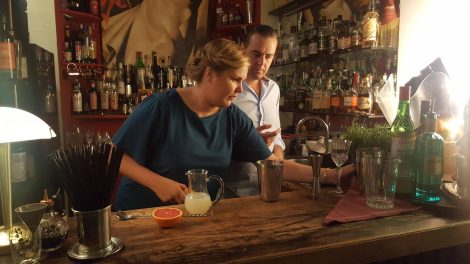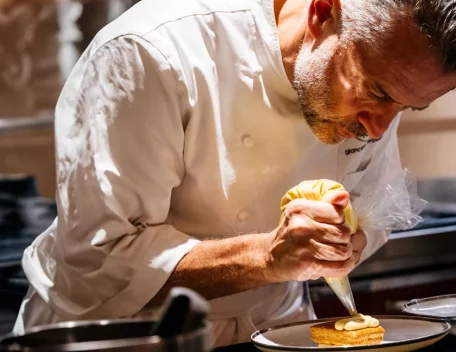Tasting
We have two bottles on the table. In both cases 2016 glorious vintage is on the label, for us even superior to the highly celebrated 2010. Let's start with Fontanafredda's Barolo Vigna La Rosa. The color is particularly light, a luminous ruby that lets the light through, the rim just garnet. The scents are reminiscent of juniper and dried grass, then tobacco and an undercurrent of dried flowers. The scents are immediate and gentle. The taste is well-structured, graceful without being too soft, long and sharp in the finish with a light spicy touch. Wine is already enjoyable, accessible, multifaceted: here Serralunga d'Alba finds an unusual, whispered guise, between fruity sweetness and creamy tannins. Let's move on to the second bottle: Barolo Lazzarito Casa E. di Mirafiore 2016. In the glass there’s the dark side of Serralunga d'Alba. The color is decidedly more concentrated, the scents are much darker, reminiscent of liquorice, small black fruits, almost citrusy hints. The impact on the palate is decisive, voluminous, of beautiful precision and classicism, with a progression of flavour that is outstanding, for a very long, energetic, severe finish. A great Barolo: Tre Bicchieri in our wine guide of Italy 2021.
The plot
What do these two bottles have in common? All and nothing, stylistically they are far apart to say the least. "It's a bit like those complex love stories, which are left only to find each other again after a long time," we comment after a long chat with Roberto Bruno, CEO of Fontanafredda. "They are two souls living together in the same sub-zone and estate. Two entities that we wanted to keep independent and autonomous", comments Roberto. Casa E. di Mirafiore was the company's historic brand, under which it had been operating since way back in 1878. The name comes from the noble family lineage conferred by the King to his second wife Rosina, and then inherited by his children. "Emanuele Alberto was an eccentric character, a pleasure seeker, a lover of women and wine, but also a visionary entrepreneur. He abolished the land-hare, encouraged recreational clubs for the people of the village, exported the brand outside the regional borders with an innovative development also from the point of view of marketing.” The property was forced to sell and then in 1931 the Monte dei Paschi di Siena took over, which sold the Mirafiore brand, bought by Gancia di Canelli, who used it until the mid 70’s. "After the end of the Second World War 200 people lived on our estates and decided to relaunch the wine business with a new brand. They used the name of the geographical location to relaunch, Fontanafredda, a brand that was founded in 1946 and has its own path, with the Barolo Vigneto La Rosa, among the first cru of the denomination.” In 2008 Oscar Farinetti reveals ownership of Fontanafredda and they decide to buy back the Mirafiori brand from Gancia. “We wanted to recreate a second soul within the estate, with a different ambition and mission. We have allocated 25 hectares to Casa E. di Mirafiore brand, including Lazzarito cru and the Paiagallo on Cannubi hill. We have decided to dedicate to Mirafiore only red wines, the great reds that were produced until 1931: nebbiolo, barbera and dolcetto. Then we allocated some rooms that were linked to the brand, such as the King's cellar, the cellar of the cement tanks that were planted here at Serralunga thanks to an avant-garde patent back in 1877," continues Roberto. 1931-2008: 77 years of freezing for Casa E. di Mirafiore, a brand that today presents a battery of very high level, with a perception probably still underestimated by the real enthusiasts. The oenologist of reference is Beppe Caviola, while for Fontanafredda the person in charge is Giorgio Lavagna.
The other Piedmont
What’s the next challenge? "Piedmont has a lot of cards to play. There are so many things that are true, that have history, rootedness, a credible path. I am thinking of Barolo Bianco, Timorasso, there are at least a dozen Barolo producers who have invested in this territory that can give life to a white wine from an indigenous grape that ages well, they have understood that something important can be done. Piedmont is the first historical region in Italy for the classic method, with 150 years of history, it is not common stuff, we believed in Alta Langa, from the beginning". It was 1990, but surely the district can give great satisfaction, also due to the effect of global warming of the planet, there is still a lot of height to climb because there is a whole unexplored area from the lower to the upper Langa. "An integrated narrative of Piedmont is possible. There are a thousand compartments linked in a harmonious way: this is Piedmont for me. The kingdom of diversity, the region that has the most to offer in terms of wine. I and the whole group believe in it, we are investing a lot and there is a long way to go, strong in the sensitivity and passion that comes from already being producers of great wines," says Roberto.

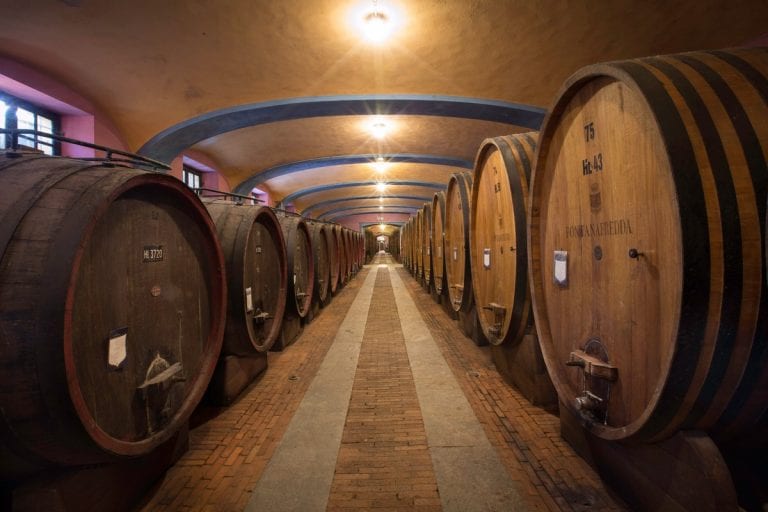
 What changes for the export of Italian wines to China under the new regulations?
What changes for the export of Italian wines to China under the new regulations? “Forget dealcoholised wines. The future is Komb(w)ine.” Moser and Ravizza present a new grape must-based product
“Forget dealcoholised wines. The future is Komb(w)ine.” Moser and Ravizza present a new grape must-based product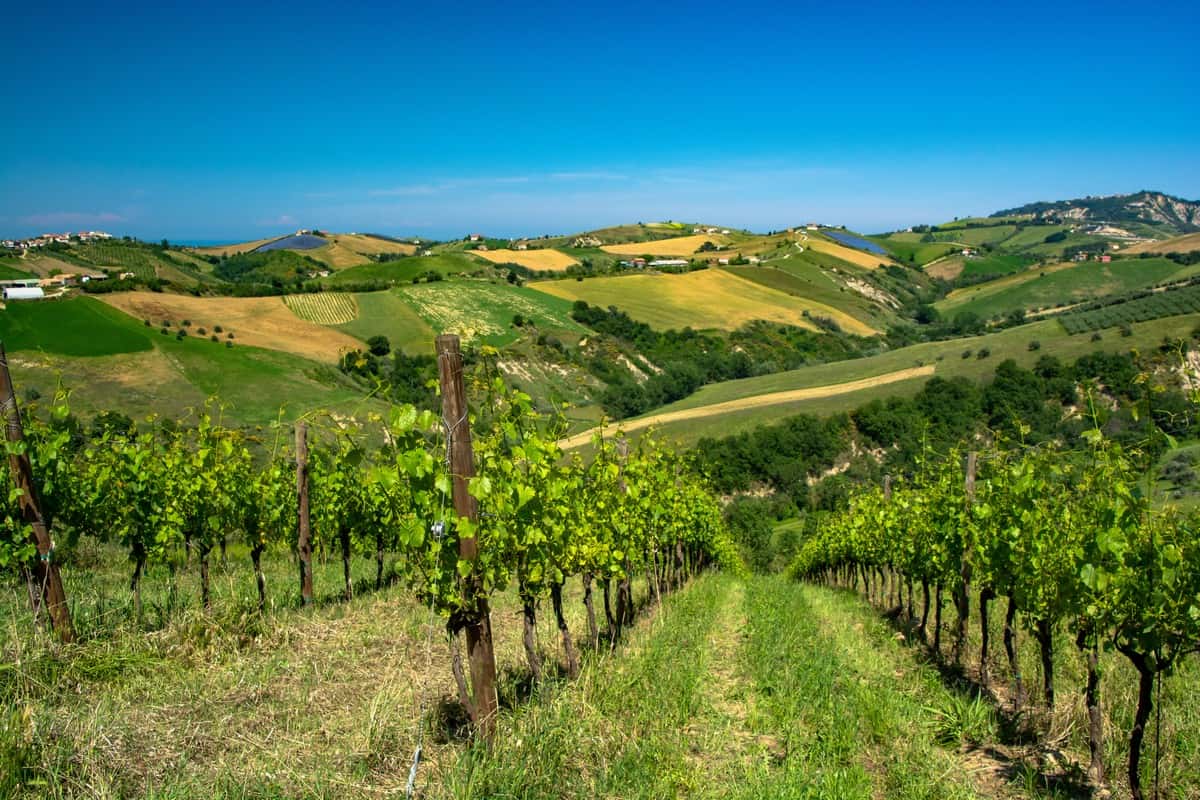 Global wine consumption at a historic low and vineyards in decline. The OIV report outlines a 2024 to forget
Global wine consumption at a historic low and vineyards in decline. The OIV report outlines a 2024 to forget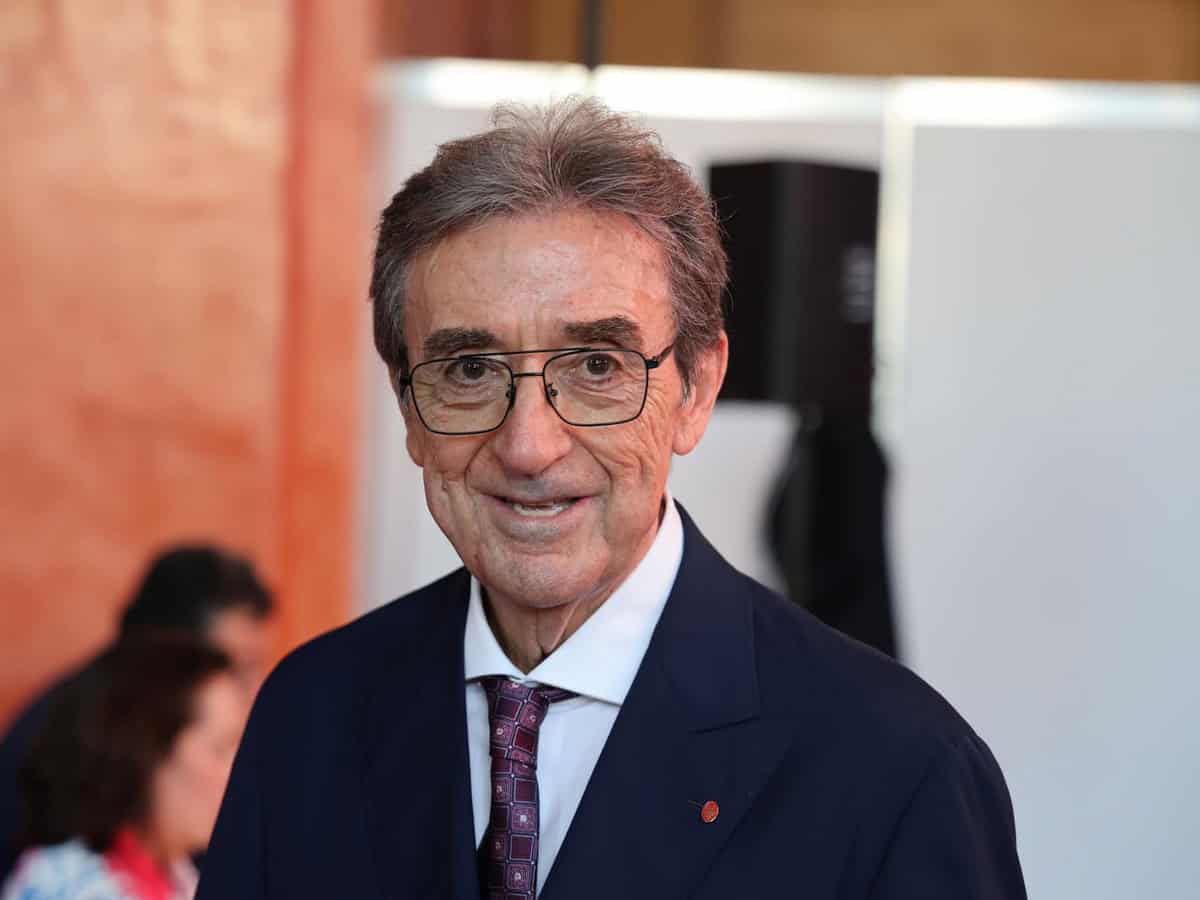 Oenologist Riccardo Cotarella will also produce dealcoholised wine: "My first bottle will be out in October and it won’t be bad"
Oenologist Riccardo Cotarella will also produce dealcoholised wine: "My first bottle will be out in October and it won’t be bad"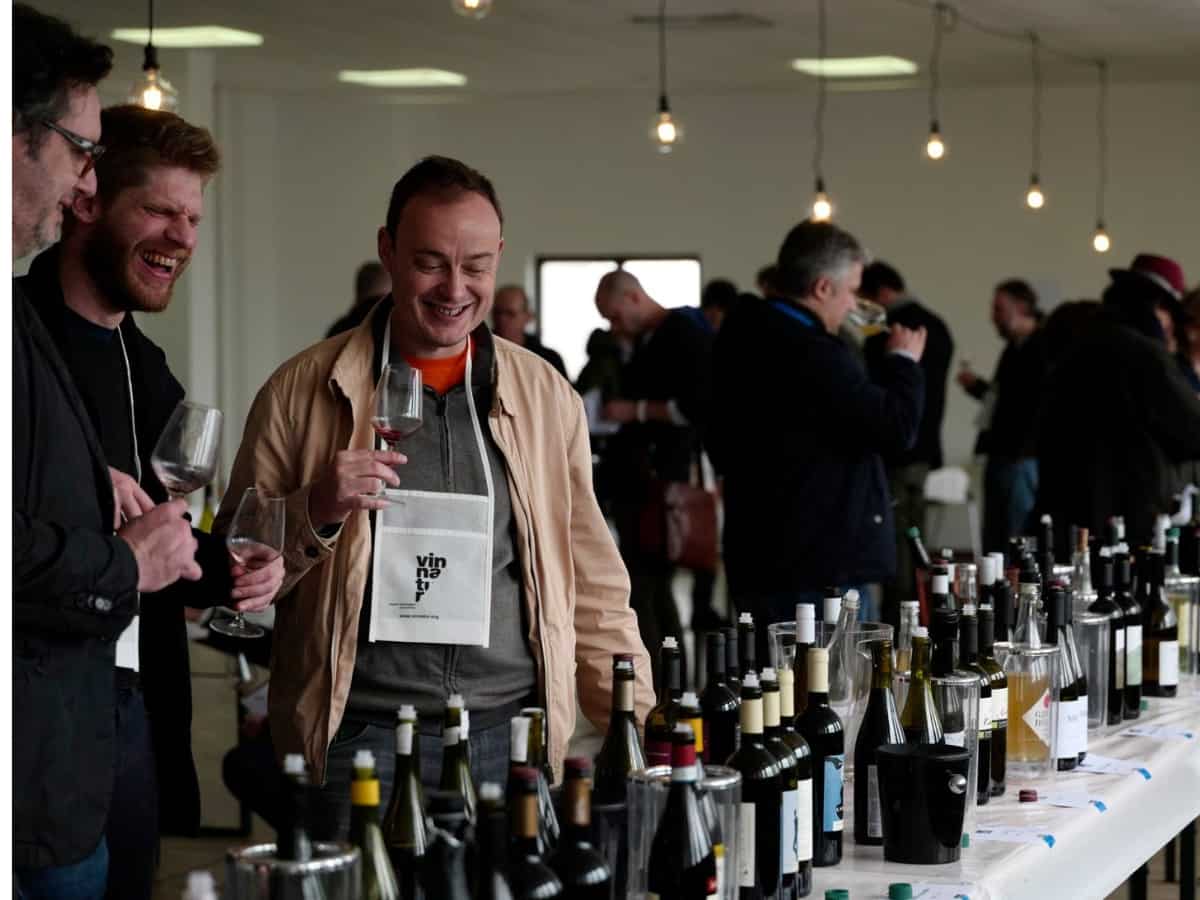 Dear natural wine world, enough with the constant polemics. If you don’t want to self-ghettoise, self-criticism is needed
Dear natural wine world, enough with the constant polemics. If you don’t want to self-ghettoise, self-criticism is needed



